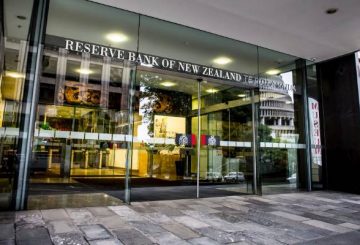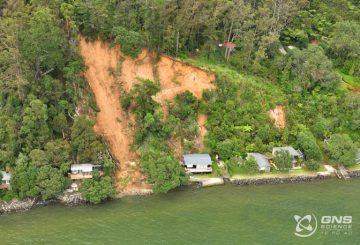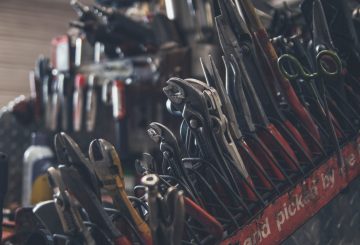South Waikato’s main town Tokoroa will have a brand new $14 million trades training centre by 2022 catering for up to 500 students a year thanks to a Government grant of $10.84 million announced today.
The new trades training centre is being co-funded with $1 million grants from each of Toi Ohomai Institute of Technology, Trust Waikato and the South Waikato Investment Fund Trust (SWIFT).
SWIFT has facilitated and driven the project including buying the one-hectare site for the centre on Chambers St near the northern entrance to Tokoroa, doing the preliminary design, engineering and costings for the project and applying for the Government funding.
The new trades training centre will bring together three separate existing Toi Ohomai training sites in Tokoroa into one purpose-built campus catering for the key local sectors including farming, engineering, construction, manufacturing and logistics.
SWIFT Economic Development Manager Francis Pauwels said a survey of South Waikato companies operating in five major industry sectors found they were planning to require about 850 new staff over the next five years.
“These companies – in construction, engineering, transport, manufacturing, forestry and hospitality – say their number one preference is to employ locals because they stay local and contribute to the community.
“About 60 per cent of the people who could be employed in these jobs will be new trainees and especially young people. About a fifth of people aged 18-25 years in South Waikato are not in employment, education or training (NEETS) – and we are confident this initiative will be the catalyst to get these young people into training and employment. We also expect to have a lot of second chance learners coming through the centre.”
Toi Ohomai Chief Executive Dr Leon Fourie said SWIFT and Toi Ohomai had worked closely together since the initiative began in early 2018 to decide what a purpose-built facility would look like.
“This Government funding will enable us to realise a vision we have been working towards for the last two and a half years. Toi Ohomai currently has three training sites in Tokoroa, all of which are older facilities and are no longer fit for purpose. This new facility will enable Toi Ohomai to support learners in Tokoroa rather than having to transport students to bigger hubs such as Rotorua, Hamilton or Taupo.
“Toi Ohomai will run the training centre but we see this operating as a partnership with SWIFT, South Waikato District Council, Raukawa, the Pacific Island community and strong alignment with the business community. Partnership with local iwi and Pasifika is critical given the Maori population of the South Waikato is 25% – 35% in Tokoroa – and 12% Pasifika.”
Dr Fourie said concept plans developed for the centre will include a digital entrepreneurial hub and a café and childcare facilities to enable parents to train at the centre and reduce the digital divide in the Waikato Region. “As well as creating excellent learning experiences for our tauira we expect the facility to provide more jobs for local residents.”
South Waikato District Mayor Jenny Shattock said the Government investment in the new training centre is the result of patient collaboration and engagement between Toi Ohomai, SWIFT, Council and Government.
“This is an excellent example of the South Waikato education, business and local government sectors working together to help the district thrive and grow economically and socially.”
She said the Toi Ohomai Institute’s new location near State Highway 1 would provide a fabulous new gateway to the northern entrance to Tokoroa that would complement the town centre redevelopment that is close to completion.
SWIFT Chairman Bruce Sherman said South Waikato is in a prime geographic position and is now in growth mode. “This new training centre will provide a much needed path to skilled employment not just for Tokoroa, but Putāruru, Tirau, and Arapuni.
“Our youth deserve facilities that inspire them to learn and contribute and we are very grateful the Government agrees.” Mr Sherman said the development of the site itself will potentially involve over 200 people for the design and build process, and local firms will be used as much as possible.
“Toi Ohomai currently has about 350 enrolments per year including part time courses. We expect that will grow to around 500 per year as successful graduates show a clear pathway to meaningful jobs. The SWIF Trust’s main objective is better economic and social outcomes for the South Waikato and work ready, well trained, skilled employees is a major attraction for start-ups and companies looking to relocate from inefficient city locations.
“SWIFT is proud to work with Toi Ohomai, Trust Waikato and South Waikato District Council in delivering this outcome for the South Waikato. We have more exciting projects in the pipeline so this is the first step in many to achieving lasting and positive change for our communities.”
SOURCE: SWIFT






























































